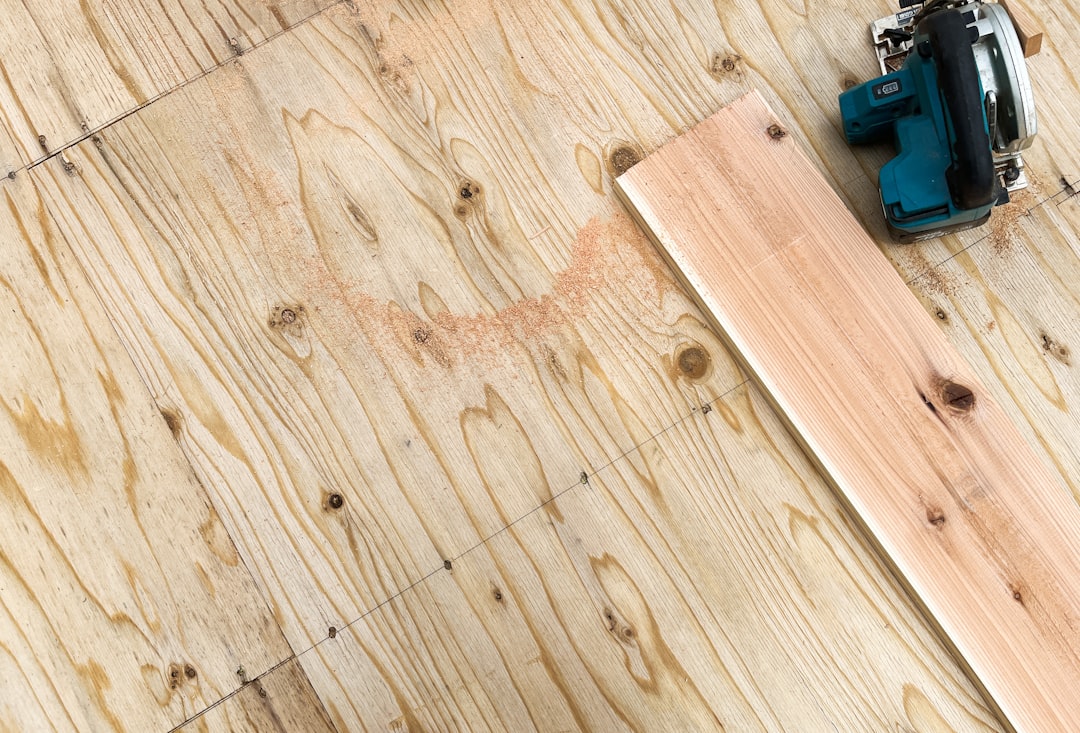
For construction professionals, understanding the cost to refinish hardwood floors is crucial for accurate project planning. In 2025, the average cost ranges from $4 to $7 per square foot, depending on factors such as wood species and finish type. For a typical 600 sq ft area, this translates to $2,400–$4,200. Staying informed about these costs helps avoid budget overruns and ensures client satisfaction.
National Averages: The cost to refinish hardwood floors typically falls between $4 and $7 per square foot. For a 600 sq ft area, this equates to $2,400–$4,200. Our data indicates an average of $5.22 per square foot for standard oak flooring.
Regional Variations: Costs can vary based on location and materials. For example, New England maple may cost 9% more than the national average, while Southern yellow pine may be 6% less. Our platform automatically adjusts estimates based on these regional differences.
Cost: $0.85–$1.20 per sq ft. Includes materials like plastic sheeting and dust-containment systems. Homes with heavy wear may incur higher costs.
Cost: $1.50–$2.40 per sq ft. Involves multi-pass sanding with various grit papers. High spots in subfloors may require additional leveling.
Cost: $0.40–$0.90 per sq ft. Clear sealers are less expensive, while pigmented stains may cost more due to additional drying time.
Cost: $1.10–$1.70 per sq ft. Prices are updated regularly to reflect current market rates for finishes.
Cost: $0.30–$0.55 per sq ft. DIY options for moving furniture can reduce costs by up to 8%.
Voice-to-Estimate: Use our app to capture room dimensions and preferences in real time.
Blueprint Takeoffs: Upload floor plans to calculate areas and suggest optimal sanding paths.
Dynamic Pricing: Material costs update frequently to ensure accurate estimates.
1. Day 1: Site preparation and initial sanding
2. Day 2: Fine sanding and stain application
3. Day 3: First finish coat
4. Day 4: Final coat and inspection
Using fast-cure products can expedite the process for urgent projects.
In Buffalo, NY, we refinished 820 sq ft of red oak. The estimated cost was $4,412, with a final invoice of $4,376, demonstrating our accuracy. The project was completed in three days, just in time for a family event.
For a detailed estimate tailored to your project, visit CountBricks.com. Our platform provides transparent, editable quotes to help you plan effectively.
Yes, refinishing is generally 3–5 times cheaper than replacing, as it avoids additional costs like subfloor repairs.
Waterborne finishes minimize odors, but dust containment is crucial. We offer air scrubbers to maintain comfort.
With proper care, expect 7–10 years before needing a light recoat.
Refinishing hardwood floors involves various factors, but with the right tools and information, it can be a predictable process. Visit CountBricks.com for a personalized estimate and ensure your project stays on budget.

While cost is a significant factor, the value of a refinishing project extends beyond numbers. Our platform ensures schedule adherence, air quality, and durability, addressing potential hidden costs.
The Rivera family transformed a historic warehouse into a loft. Our AI assessment revealed enough wear layer for refinishing, saving 22% compared to replacement. The project maintained the loft's character while meeting safety standards.
For a comprehensive consultation, visit CountBricks.com. Our platform provides detailed insights into costs, timelines, and protection plans tailored to your needs.